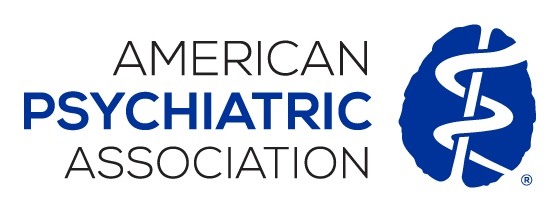
A majority of young adults can correctly identify at least one sign of opioid overdose, but relatively few know how to administer naloxone, a study in JAMA Pediatrics has found.
Christina E. Freibott, M.P.H., of the Boston University School of Public Health and colleagues examined data from 7,071 young adults aged 18 to 25 attending an institution of higher learning who participated in the 2021-2022 Healthy Minds study. The participants answered four questions adapted from the Opioid Overdose Knowledge Scale and the Opioid Overdose Attitudes Scale about the following:
- What naloxone is used for.
- What the signs of opioid overdose are.
- Whether the participants knew how to use naloxone.
- Whether participants would be concerned about calling emergency services during an overdose event in case they got into trouble with their school or the police came.
The researchers found the following:
- 30.2% of participants correctly identified what naloxone is used for.
- 61.9% of participants correctly identified at least one sign of opioid overdose.
- 14.2% of participants reported knowing how to administer naloxone.
- 66.8% of participants felt comfortable calling emergency services during an overdose event.
There were significant differences in responses to all four questions based on race and ethnicity, gender identity, and sexual orientation. For example, participants who identified as Alaska Native or Pacific Islander were more likely to be knowledgeable about naloxone, correctly identify a sign of overdose, and be willing to intervene in an emergency than other racial and ethnic groups. Participants who identified as transgender or gender-expansive were more knowledgeable about naloxone compared with people who identified as males or females, but less likely to call emergency services. People who identified as lesbian, gay, bisexual, or queer were more knowledgeable about naloxone than heterosexual participants, but also less likely to call emergency services.
“Future research should explore person-centered approaches, clustering [young adults] into clinically meaningful subgroups to inform prevention and educational initiatives for a population experiencing increases in overdose fatalities,” Freibott and colleagues concluded.
For related information, see the Psychiatric News article “AMA Backs Making Overdose Reversal Meds Accessible in Schools.”
(Image: Getty Images/iStock/Drazen Zigic)
Don't miss out! To learn about newly posted articles in Psychiatric News, please sign up here.



